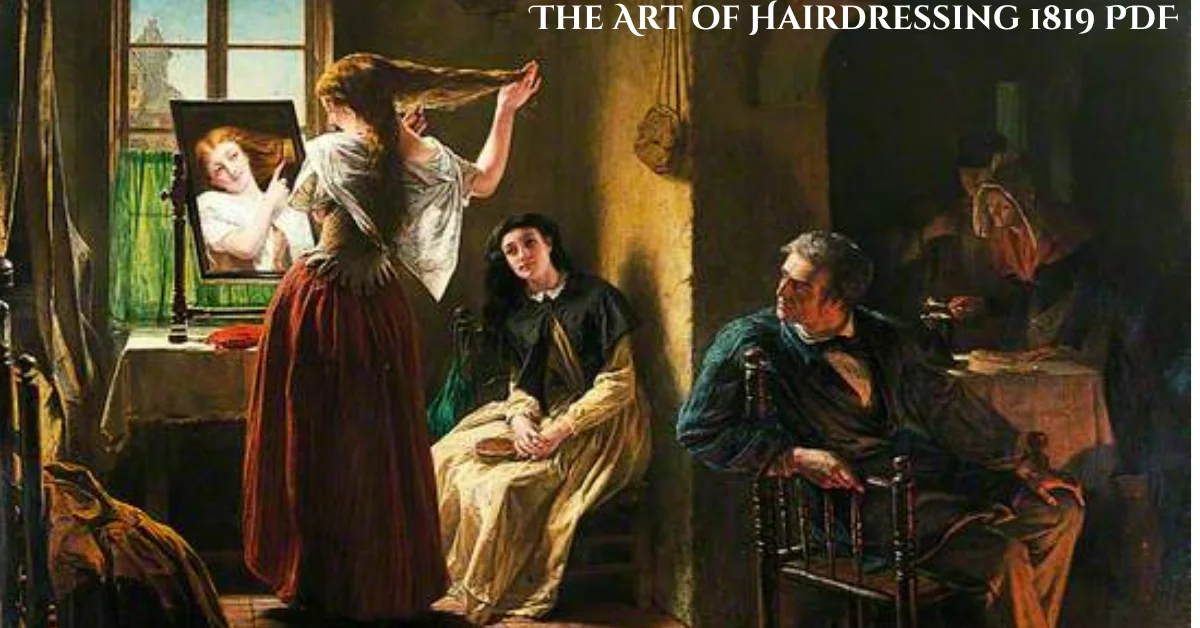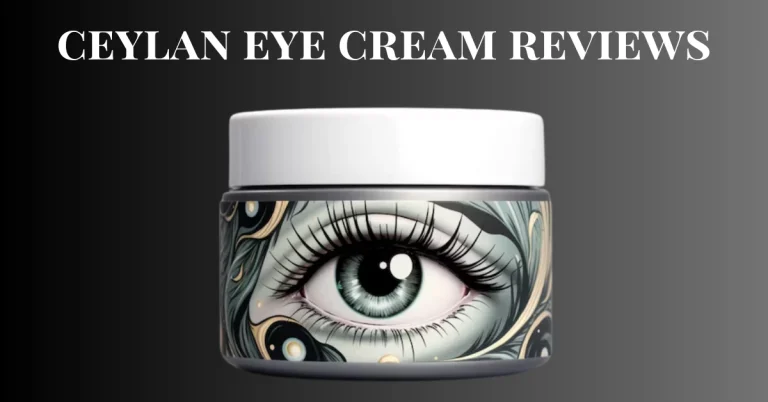The Art of Hairdressing 1819 PDF: A Timeless Guide to Historic Hairstyles
Hairdressing is much more than just cutting and styling hair—it is an art form that has been practiced for centuries. The book “The Art of Hairdressing 1819”, first published in 1819, offers a fascinating look at the early techniques and principles of hair styling.
The Foundations of Early Hairdressing Techniques
One of the first things I learned from The Art of Hairdressing 1819 was how detailed the early techniques were. Hairdressers of the time relied on a variety of methods, including curling, braiding, and even the use of wigs, to create elaborate hairstyles. In a way, it felt like the beginnings of what we now know as “hair styling art.” Tools like combs, curling irons, and brushes were rudimentary compared to today’s high-tech gadgets, but their craftsmanship laid the groundwork for the modern hairdressing industry.
A Journey Through Time: The Art of Hairdressing 1819
I first stumbled upon The Art of Hairdressing 1819 during a casual visit to a local library. I was intrigued not only by the date—1819—but by how a book on hairstyling could have survived for so long. I was expecting it to be more of a technical manual, but as I flipped through the pages, I discovered it was a treasure trove of beauty tips, trends, and even social commentary of the time. The book taught me that hairdressing isn’t just a skill but an evolving art that has seen many phases over the years. In the 19th century, hairdressing was considered a refined skill, essential in the courts of royalty and among the upper classes. The way hair was styled told a lot about a person’s social status and even their personal identity. What struck me the most was how similar some of the practices from that time are to the ones we use today, yet how different the tools and styles were.
The Impact of The Art of Hairdressing 1819 on Modern Hair Trends
As I delved deeper into the pages of this book, I started noticing the connections between past and present trends. From the influence of wigs and hairpieces to the art of curling, many of the techniques we take for granted today have roots in the early 1800s. The focus on volume, elegance, and detailed craftsmanship is still prevalent in fashion runways and red carpet events today. Even the use of braids, which we often associate with modern bohemian looks, has its origins in the simpler hairstyles of 19th-century Europe.
How Hairdressing Reflects Social Status and Personal Identity
Throughout the book, it became clear that hair was much more than just a physical feature. In the 19th century, a person’s hairstyle could signify their place in society, and it was often used to communicate power, wealth, or even a certain lifestyle. For instance, women of the upper class wore their hair in intricate updos adorned with ribbons, flowers, and sometimes jewels. Meanwhile, simpler styles were common among lower classes. This was an interesting parallel to today’s world where celebrity stylists and social media influencers continue to shape modern hair trends.
My Personal Experience: A Journey Through the Pages
As someone who enjoys experimenting with different hairstyles, The Art of Hairdressing 1819 also gave me a unique insight into how hairdressing has evolved over time. I decided to recreate a few historical hairstyles I read about, such as the elaborate ringlets and the “Pompadour” (which has made a comeback). The challenge wasn’t just in the technique, but also in the mindset that came with it. Unlike modern hairdressing, which often embraces individuality and convenience, 1819 styles were meticulous and required hours of dedication. I’ll never forget trying to recreate an old-fashioned updo from the book. It was an all-day project, involving curls, combing, and pinning. But at the end, there was a sense of accomplishment, as though I had touched a piece of history.
FAQs
What is The Art of Hairdressing 1819?
The Art of Hairdressing 1819 is a historical book published in 1819 that provides insight into early hairdressing techniques, trends, and the social significance of hairstyles at that time.
How does The Art of Hairdressing 1819 influence modern hair trends?
Many of the techniques and styles discussed in The Art of Hairdressing 1819, such as curls, braids, and updos, have evolved and continue to be used in contemporary hairstyling for fashion and formal events.
Were hairdressing tools in 1819 similar to today’s?
No, hairdressing tools in 1819 were quite rudimentary. Hairdressers used basic combs, curling irons heated over open flames, and handmade brushes, unlike today’s high-tech hair tools.
Did hairstyles in 1819 reflect social status?
Yes, in 1819, hairstyles were a significant indicator of social status. The upper class had elaborate hairstyles, while the lower classes often wore simpler looks.
How can I recreate a 19th-century hairstyle today?
To recreate a 19th-century hairstyle, you will need curling irons, hairpins, and patience. Styles like ringlets and Pompadours can be achieved with modern tools while still maintaining their historical essence.
Conclusion
The Art of Hairdressing 1819 is more than just an old book on hair styling; it is a window into the history of hairdressing, reflecting beauty trends, social norms, and artistic expression. From intricate updos to timeless curls, the book showcases how hairdressing has always been an essential part of identity and culture. While modern technology has revolutionized hairstyling, the essence of elegance, creativity, and self-expression remains unchanged. Exploring historical hair trends not only deepens our appreciation for the craft but also inspires new ways to reinvent old styles in today’s world.
Read Next: Ventscrunch






